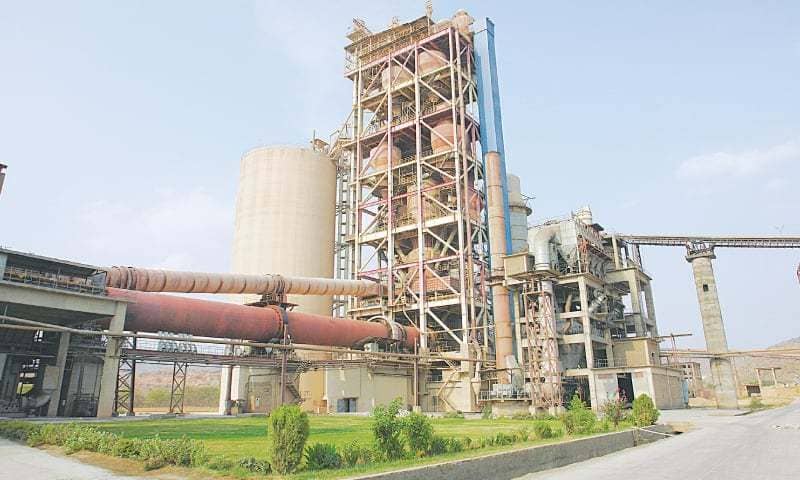Among smaller cement manufacturers, Fecto (PSX: FECTC), Flying (PSX: FLYNG), Gharibwal (PSX: GWCL) in the north, Power (PSX: POWER) in the south—with the rare exception of Attock Cement (PSX: ACPL), the story is simple, familiar and consistent. Poor demand in domestic markets and higher cost pressures have turned last year’s profits into losses, for some more than others.
In the north, competition is a lot tougher as new expansions have come in and mid-sized companies have become bigger. This has also helped grow their access to the market expanding its market share in a pie that is shrinking. Smaller companies have had to work that much harder to keep up. Both Fecto and Flying cement incurred gross losses as top-line reduced and costs rose. Higher competition and lethargic demand also put a dampener on the retention prices of cement in key north markets which hit the industry’s margins. Revenue per ton for Fecto for instance in 1HFY20 fell 18 % which translated a 5 % decline in sales to a 23 % decline in the top-line.
Coal prices in the international markets have come down which cement companies should have leveraged in their future coal contracts with effective inventory management. The average price for South African coal came down 32 % during the Jul-Dec 19 period against the corresponding period last year. This, however, may have been offset by higher electricity prices in the country, coupled with the higher cost of import given depreciation of the rupee, and inflationary pressures on other raw materials in the market such as paper and packaging goods.
The evidence for the drop in the margin is quite similar across the broad. Fecto and Flying have gross loss margin of 10 % and 24 %respectively in 1HFY20. These companies had lower base margins last year as well, though they were still positive.

In the south side, the story is slightly different, though the financials are not too far off. Lower domestic demand persuaded cement companies located near the port to sell-off clinker to markets abroad. Power cement witnessed a 42 % increase in exports against a 27 % decline in off-take domestically. However, the company had lower utilization for its old plant and had to procure clinker. This together with other cost pressures resulted in a gross loss for Power, one that could easily have been a win for the company had its new plant not run into delays.
On the flip side is Attock. The export strategy seems to have worked tremendously for the company, as its clinker exports rose 51 %, and cement exports grew 23 % The company registered a 3 % increase in net profit which is unprecedented for a company that size, in the industry it is in right now. Attock exported to Bangladesh (mainly clinker) and Qatar, Sri Lanka and East Africa. Its aggressive approach to reaching more markets seems to have panned out as it operated at over 100 % capacity in 1HFY20 at a time when domestic demand in the south has been tumbling down.
Higher exports do push distribution and selling expenditures up—Attock’s indirect expenses rose to 13 % of revenue from 9 % in 1HFY19. Meanwhile, finance costs for those companies that have borrowed recently for expansions are also higher, given that the cost of borrowing itself has also ballooned. Case in point: Power’s finance cost at 16 % of revenues in 1HFY20 against 3 % last year. These have also marred profitability.
Smaller companies have to tread carefully and may have to go the extra mile to reach markets overseas while keeping overheads to the minimum. Without domestic demand improving, to turn current losses into a profit is a tall order indeed.
Source : BR



